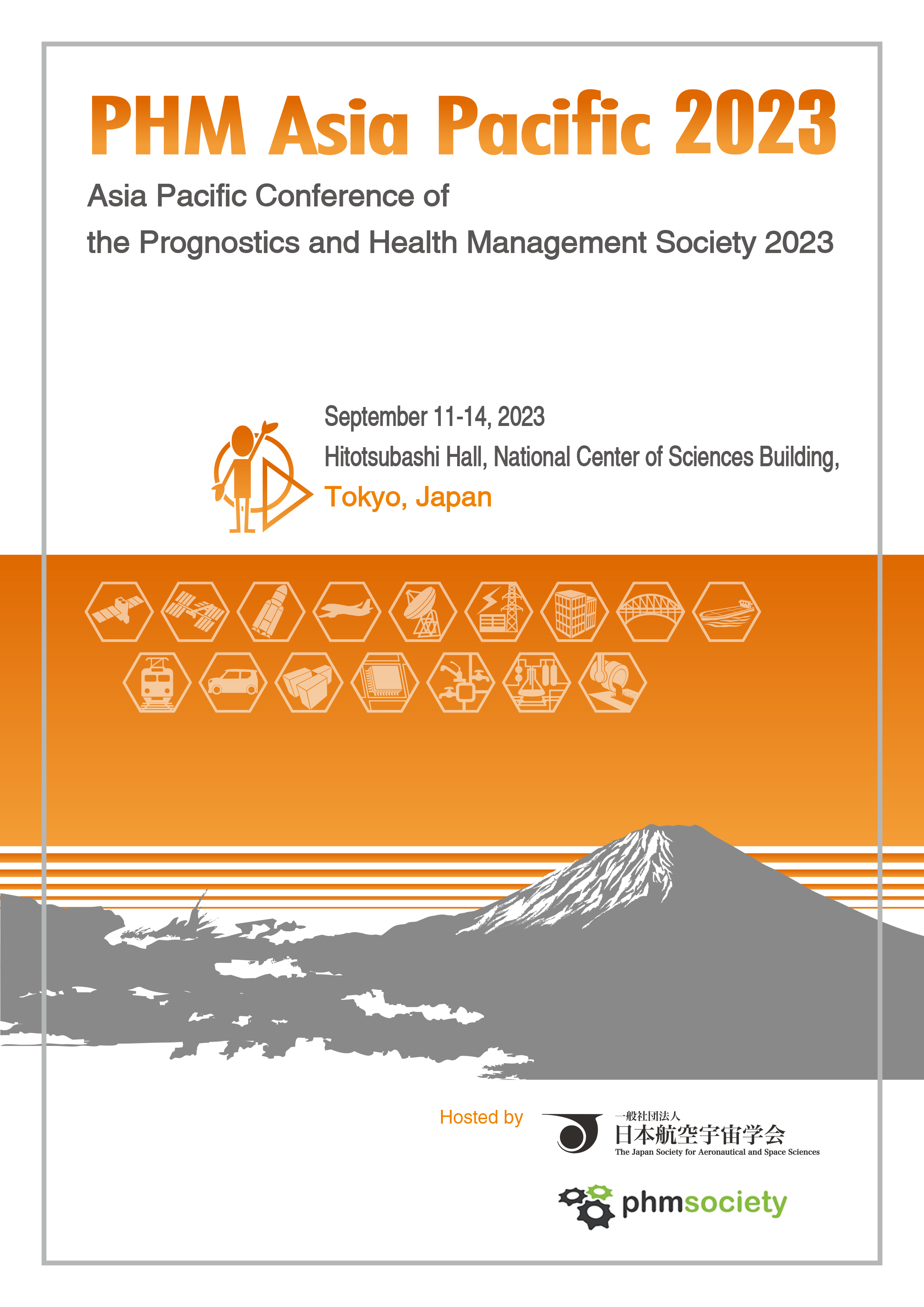Configuration and Comparative Study of Prediction Models for Indoor Air Quality
##plugins.themes.bootstrap3.article.main##
##plugins.themes.bootstrap3.article.sidebar##
Abstract
Since COVID-19, cultural life and working conditions have changed to be done indoors. Various harmful substances are produced indoors, and when they enter the human body through the air, they can cause serious diseases. Indoor air pollution is not visible to the naked eye, and it is not easy for people to perceive it. Human damage due to harmful indoor gases is increasing. In this study, we predict indoor air pollution occurring in daily life in advance. We collected indoor air quality data every 10 seconds from the different types of residential spaces in Seoul. For accurate prediction, we compared the prediction performances of various models, such as the ARIMA model, and the recurrent neural network (RNN) based models. In addition, the prediction performances were compared according to the size of the historical window. The comparison results revealed that for short-term interval predictions, shorter historical window sizes and simpler models were more effective. This study provides a baseline for selecting a predictive model and configuring training datasets.
##plugins.themes.bootstrap3.article.details##
Indoor air quality, Air pollution prediction, Environmental sensor data, Statistical model, Deep learning
Jiaxuan, Z., & Shunyong, L. (2022). Air quality index forecast in Beijing based on CNN-LSTM multi model. Chemosphere. Vol. 308, part 1, 136180, doi: 10.1016/j.chemosphere.2022.136180
Furkan, E., Reinout, E., Wim, C., Steven, L., & Peter, H. (2021). CNN-LSTM architecture for predictive indoor air temperature modeling. Building and Environment, vol. 206, 108327. doi: 10.1016/j.buildenv.2021.108327

This work is licensed under a Creative Commons Attribution 3.0 Unported License.
